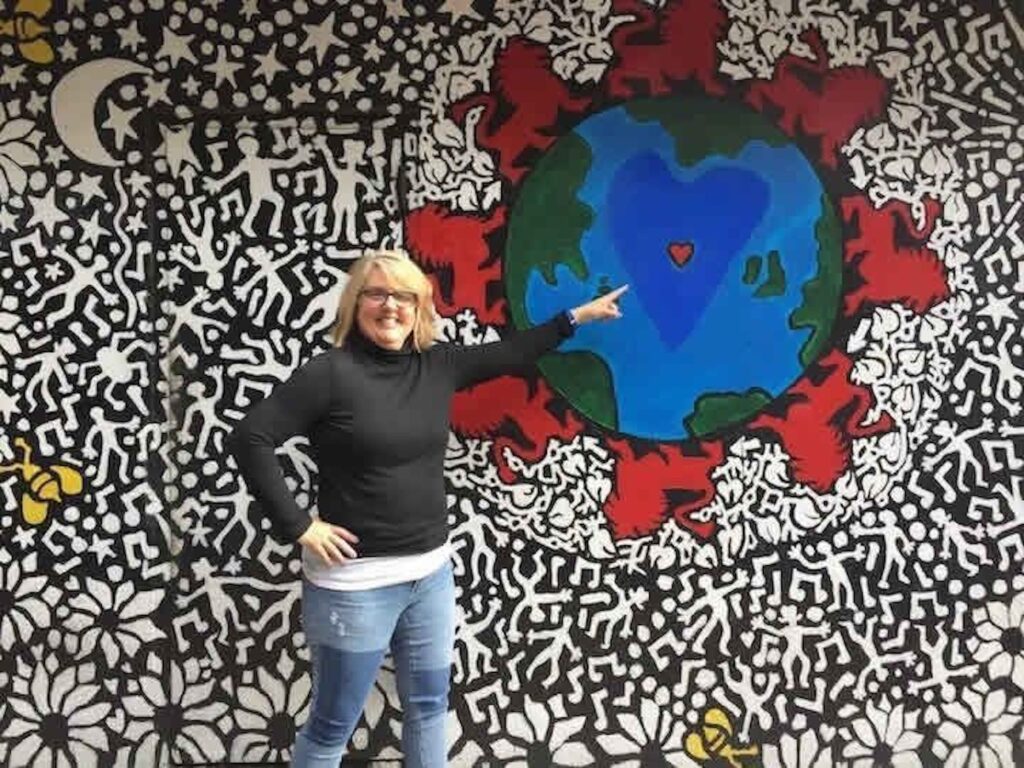
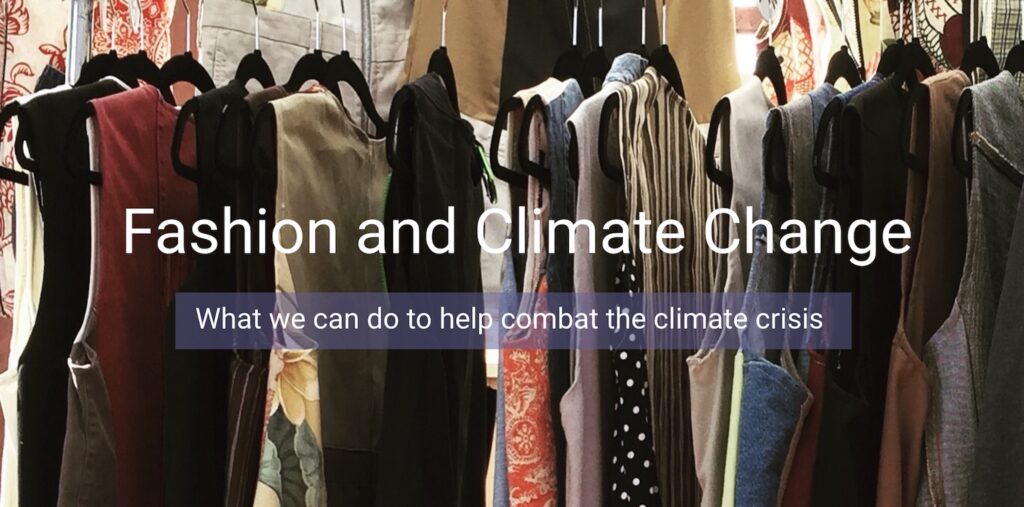
The presentation I gave for the Sustainable Living Fair 2021
With fashion being a major contributor to climate change, it’s a timely subject that deserves our attention. In this article, I share my presentation for the Sustainable Living Fair 2021 Zoom presentation, where I discussed the impact of fashion on the environment and what we can do to create a more sustainable future. If you want to learn more about this topic, you can access the links I shared in the slideshow.
-SLIDE SHOW FOR FASHION AND CLIMATE CHANGE BY MARY COLMAR
The Fashion Industry needs to change, and this girl shows us she wants us to Tell the Truth.
The tremendous relationship between fashion and climate change is undeniable. The fashion industry was poised before the pandemic to make some changes.
Away from producing so much fast fashion while reducing carbon footprint.
But after the impact of the global pandemic on the economy, the fashion industry’s role in the destruction of the environment became more evident.
It was a blaring reminder that the fragmented industry has to change.
The industry has to work together, from manufacturing to changing the culture of fashion’s expectations in our society and around the world, to work together to prevent global destruction as a key participant.
At the moment, large corporations are working together by producing fewer goods, less fast fashion, regular seasons, and even down to two a year, following the example of Gucci.
A key component is manufacturing closer to where the product is being sold.
Trying to lessen its carbon footprint, it intends to ship less and to produce more in the country where the goods sell.
A goal easier said than done as the Western Hemisphere has not invested in the technology necessary to make a yarn out of, for example, hemp (being grown on old tobacco farms).
So much more necessary in manufacturing goods and all sectors, an intersectional issue, excluding Europe’s investment in the technology needed for manufacturing.
The hemp is grown in the U.S., and shipped to Asia, as the sophisticated making of yarn is made into yarn and fabric and possibly shipped again and sewn somewhere else, probably not in the Americas.
We are years behind in the technology needed to manufacture and P.L.M. that Asia and Europe are equipped to do.
Especially in the U.S.A., it is a big problem because our minimal clothing manufacturing has not invested in middle management, education, or development, and we do not pay our middle management workers enough.
The US is also the people most addicted to fast fashion, and yes, it is an addiction.

These consumers need education to care about sustainable fashion.
Fashion that is less disposable and has more desirability, possibly buy something that has a lasting power of five years or more. Hopefully, bringing back the ideal clothing concept or clothing become treasured again.
At one time, clothing was handed down through generations. It was made with quality and appreciated for craftsmanship.
Second-hand clothing has become popular and has nothing to scoff at.
A significant movement is wearing second hand, as a statement, for individuality, and an easy solution to utilize the plentiful pickings.
Second-hand clothing has become popular and has nothing to scoff at. But at a different level than Department Stores like Nordstrom and the inexpensive furniture store Ikea are taking back their second-hand clothing.
Ikea is working on a way to make their cheap furniture recycled. Some progress is being made. But when workers’ wages increase, that will be real progress.
We are all the 1%, not financially but in our individuality.
The movement to improve manufacturing with less waste and better design is spreading across the globe with all products from food to fashion. There is an interconnectedness for all of us to participate.
Not for profit but for humanity or quality of life for everyone. We are all the 1%, not financially but in our individuality.
Find your individuality because you are the one percent.
Fashion Makes Change empowering women.
We each can offer our knowledge and ingenuity to our clothing, our lifestyle in how we eat and where we get our food, and how we move around on the planet.
Groups such as Fashion Makes Change (F.M.C.) are the fashion industry’s new solution delivering women’s empowerment and climate action.
The organization acts as a transformational ecosystem with a mission to build a community between brands, nonprofits, consumers, and supporting industries to responsibly drive action on fashion’s crucial social and environmental impacts.
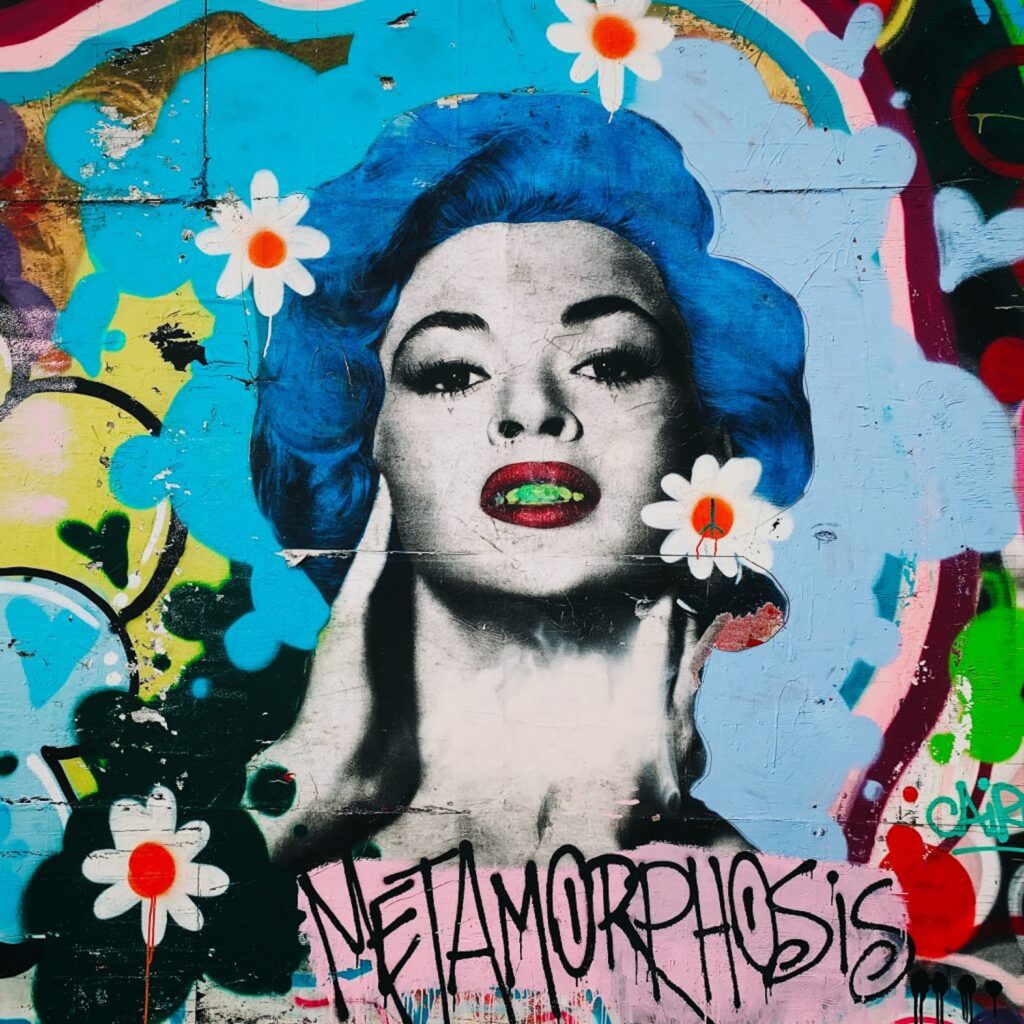
Find your individuality because you are the one percent.
With a mission to build a community between brands
Fashion Makes Change’s powerful coalition supports the diverse women who work within the apparel supply chain, reimagining how collaboration affects Change.
“The truth is that the old way of doing things is not solving the problems. Incremental Change isn’t good enough. We are moving too slowly,” said Cara Smyth, Chair of Fashion Makes Change. “Education is the great equalizer. In particular, investing in women builds resilient communities. Catalytic ecosystems that foster profound collaboration power the next generation of sustainability and are the only sensible path forward. We have a finite number of days before irreversible global warming. Fashion – and the world – are racing against the clock.”
A Project of Rockefeller Philanthropy Advisors answers the call by the United Nations Secretary-General to advance progress on the U.N. Sustainable Development Goals (S.D.G.s). In the next ten years, it looks to all sectors of society to mobilize action locally and globally to generate a movement to meet this decade of action.
It strives to build communities of changemakers that will help advance progress on key development goals and, ultimately, efforts designed to create a more equitable and responsible apparel industry.
Fashion Makes Change will initially look to targets aligned with S.D.G. 3, Good health and well-being; S.D.G. 4, Quality Education; S.D.G. 5 on Gender Equality; and S.D.G. 8, which addresses Decent Work and Economic Growth.
Making an Impact
One of the key organizations that Fashion Makes Change will support is the Empower@Work Collaborative, a joint effort of United Nations’ ILO-IFC Better Work, B.S.R.’s HERproject, CARE International, and Gap Inc.’s P.A.C.E. program, which works to leverage knowledge, skills, and networks to drive collective action for the benefit of women workers and gender equity in global supply chains.
Brands and retailers throughout the industry are mobilizing to educate women in the global supply chain at scale by 2030. This comes as the industry’s C.E.O.s and their teams work collectively to demonstrate fashion as a powerful force for good in the world.
Consumers increasingly want to drive positive impact and are motivated when they have a voice in using their purchasing power to support brands’ actions.
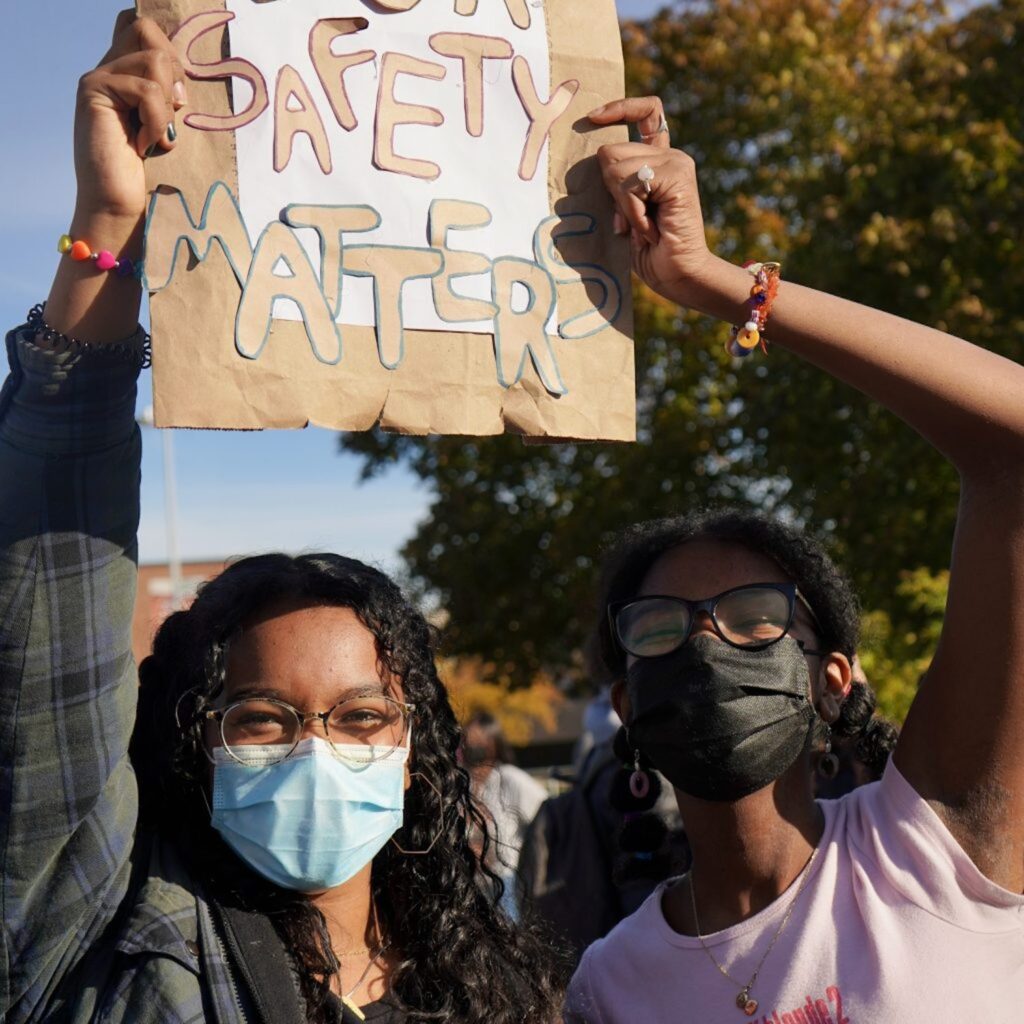
Systemic Racism, Our Safety Matters by Anita-Cavalcanti-
Individual and collective efforts in the community are required to tackle the systemic challenges facing our society.
The first activation will launch on March 8, International Women’s Day 2020, with a program that engages consumers to round up or donate via a global network of retail and fashion brands. The proceeds will be dedicated to educating and empowering women in the supply chain via Empower@Work.
Funds collected will be deployed through Rockefeller Philanthropy Advisors, a nonprofit organization that helps donors create thoughtful, effective philanthropy worldwide through research, advisory, management, and project incubation.
This unprecedented collaboration among brands, customers, and nonprofits will amplify, scale, and accelerate a global shift toward Meaningful Change.
The program has support from Rockefeller Philanthropy Advisors, Avery Dennison, PR Consulting, and the Accessories Council.

All You Need Is Less by Edward Howell
Young people are removing some of the stigmas of used clothing as they are often customized, embellished, and upcycled.
Depop has a customer base of a 23million, and 93 percent are under 26. A company that is expanding access to used clothing. One of many. It is a more extensive umbrella.
Usually unique, no one else will usually have the same item.
Another movement is to reuse clothing rather than see it go into the trash or shipped worldwide looking for a home as the Rag quality that they are.
A background in production as a Patternmaker and Technical Designer
There is no silver bullet. As a manufacturer, someone who has had a clothing line for eight years. I found a gem in the clothing spilling out of our closets and sold by the pound at Goodwill.
With my background in production as a Patternmaker and technical designer, I found many uses and opportunities for ways to scale up these clothes. Other companies that have scaled up doing similar work are:
Vetements
Atelier and Repair.
Gregory Lauren
Resources
One resource for this article is from unitedfashion.com, ‘Fashion Makes Change,’ Change Fashion? The new brand-led community promises solutions for garment workers’ “equalizing” status while collaboratively tackling the climate crisis. By Kaley Roshitsh on November 17, 2020re
Different Forums:
Sustainable Fashion Forum
State of Fashion- BofF.com
EcoFashion.com online magazine
More groups:
Sourcing@FashionResource.com
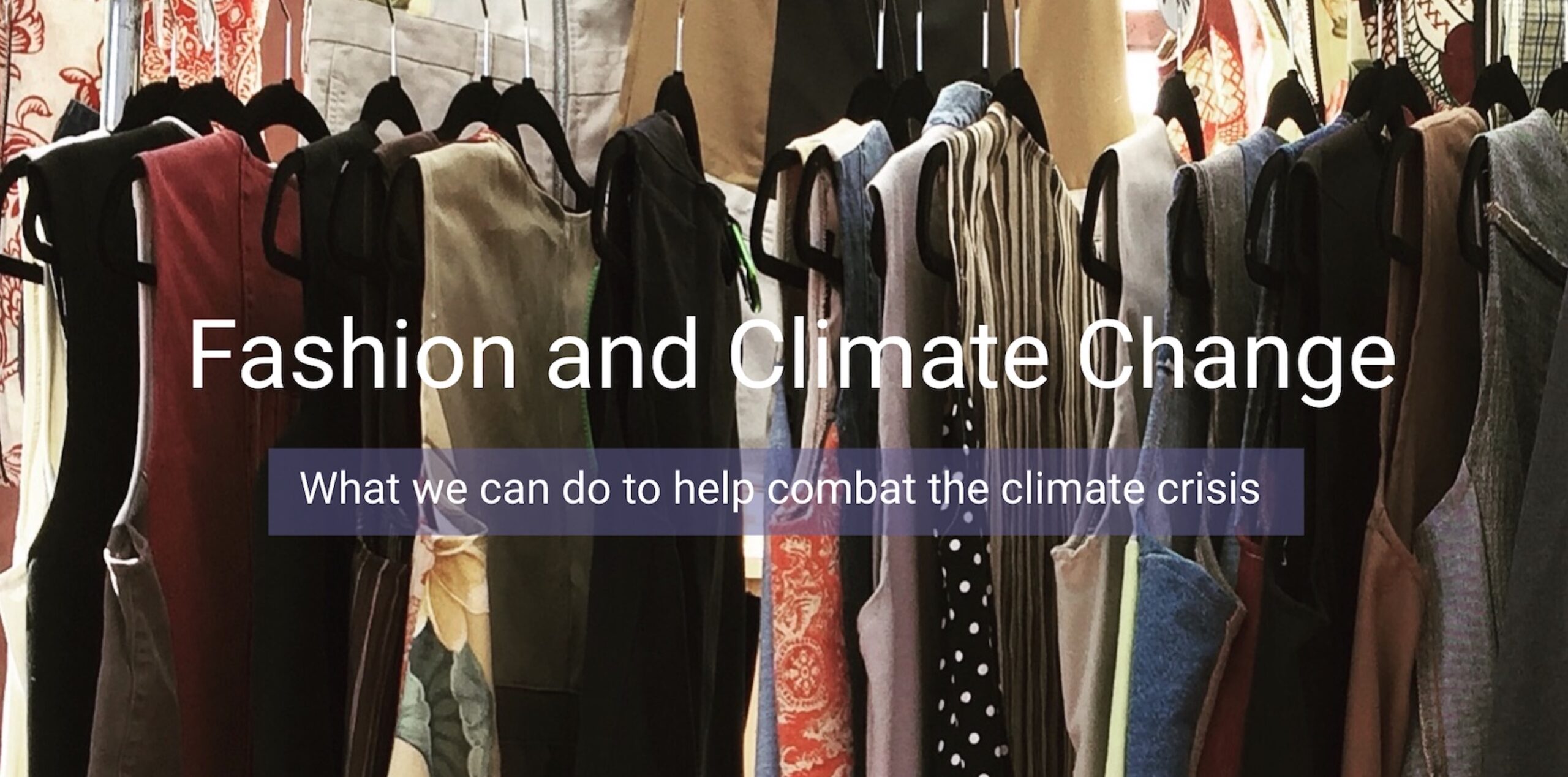


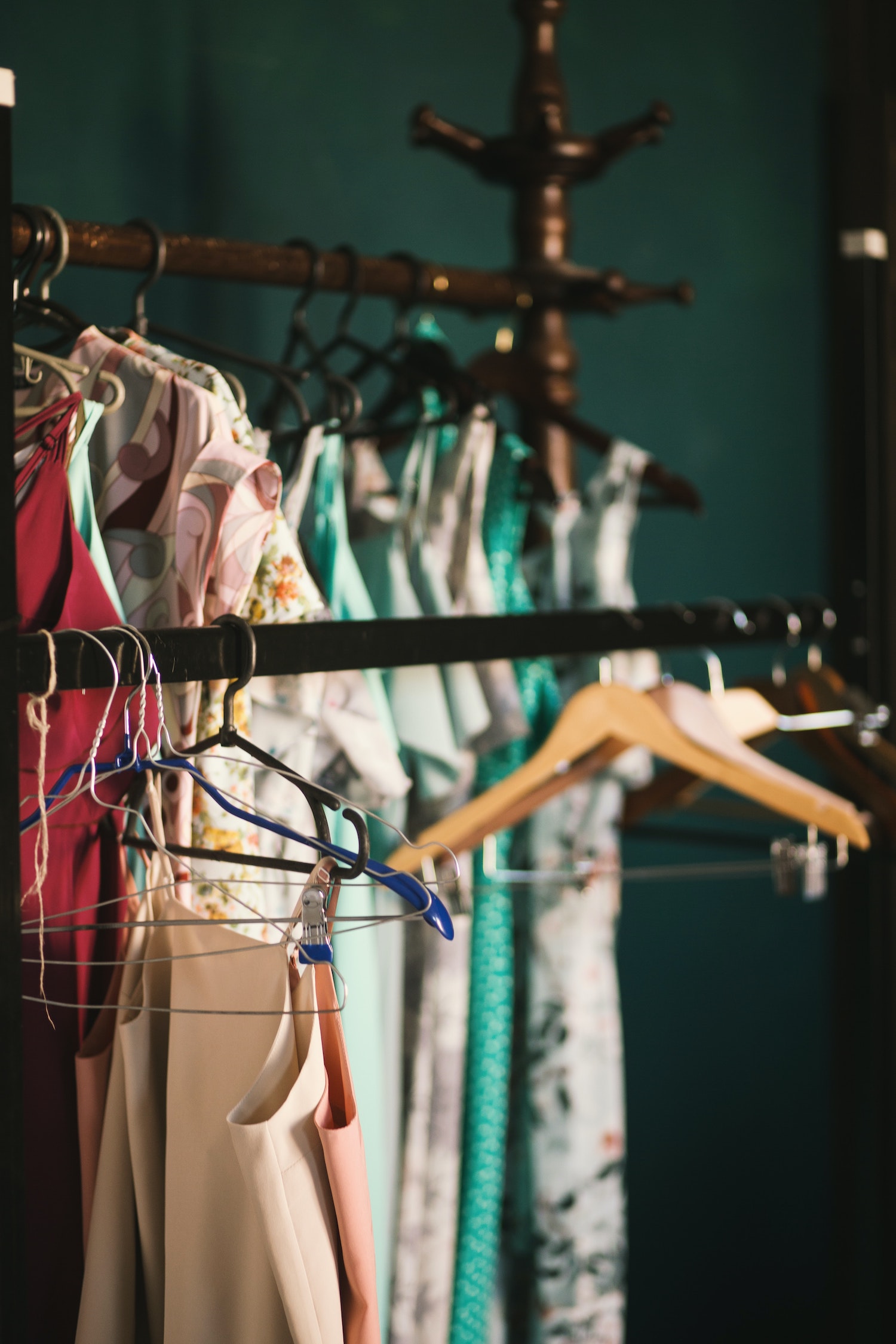

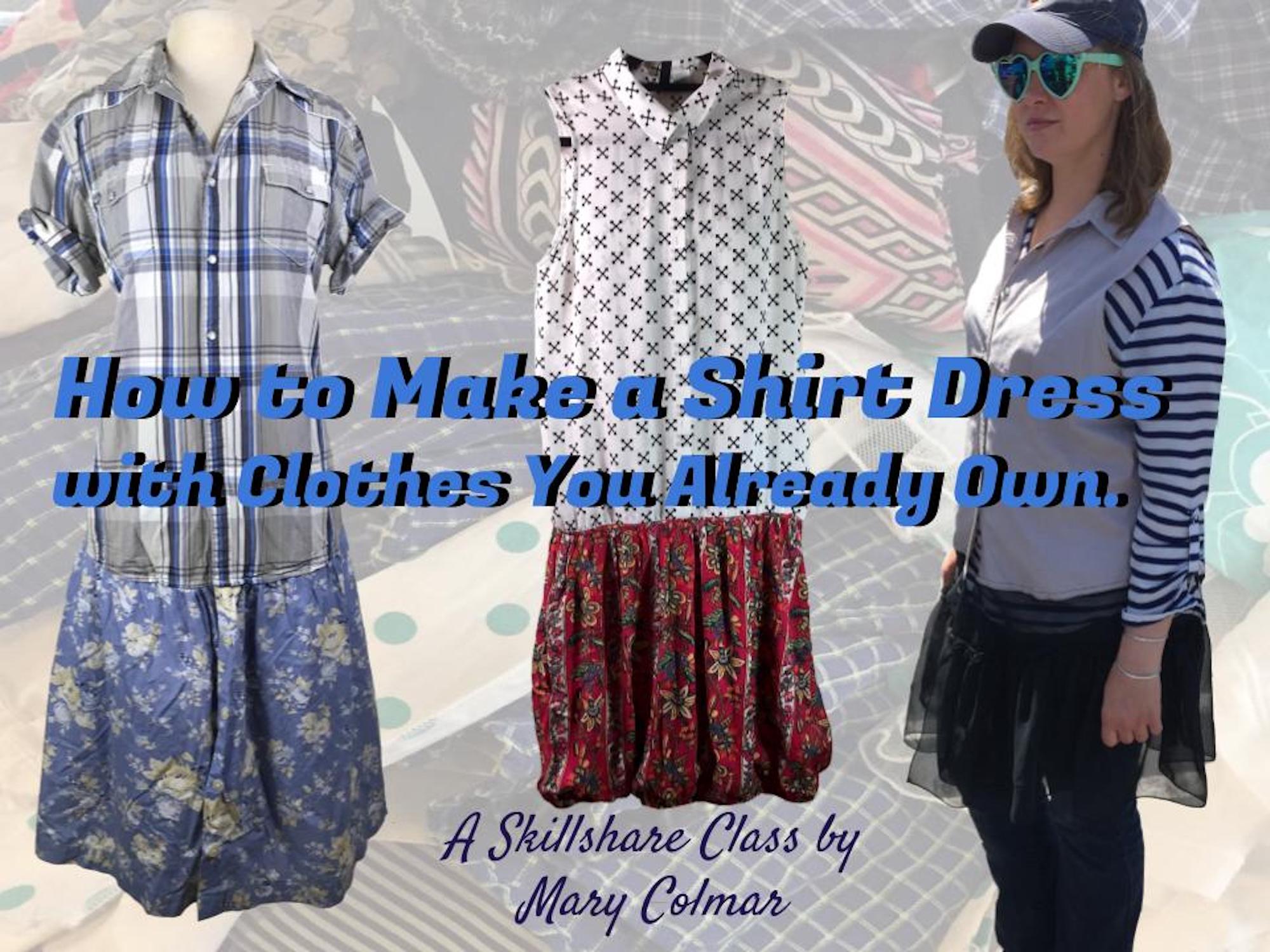
Read the Comments +